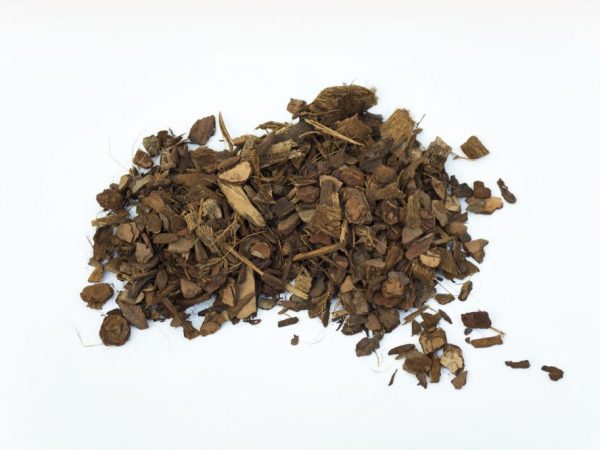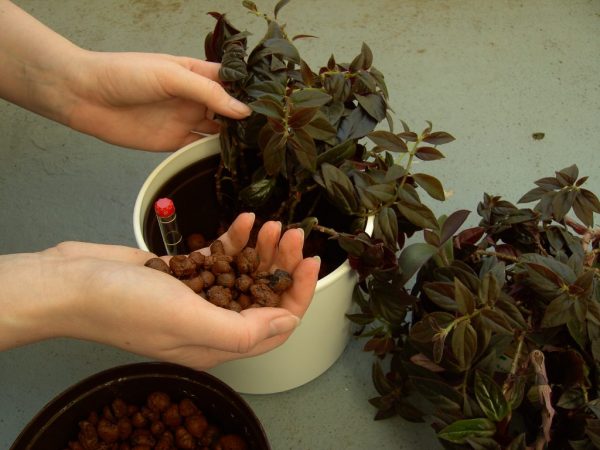Rules for planting flower seedlings in 2019
In the fall, flower growers acquire a planting calendar for the next year. They know that different species need an individual hike. This applies to both crops for the garden and flowers. Using the lunar calendar makes the work much easier. In order for planting flower seedlings in 2019 to be successful, you need to know auspicious days for it.

Rules for planting flower seedlings in 2019
General recommendations
The calendar indicates the optimal timing of sowing seedlings, moon phases, their influence on the growth and development of seedlings. The terms for all kinds of flower growers' actions, such as watering, transplanting, fertilizing and picking, are described.
A good time for gardening is the waxing moon phase. During this period, the juice in the stems moves from the roots directly to the leaves. This is the phase of the fastest and strongest growth.
The roots become soft and lose their characteristic elasticity. Unfortunately, during this period it is much easier to damage them, but due to their regenerative properties, they quickly recover. At this time, the culture is much easier to plant in prepared soil or container, and the likelihood that the plant will take root increases several times.
On days not recommended for transplanting, the movement of the juice is directed towards the roots. They are gaining strength. Amateur gardeners know that if you plant flowers during this period, you should not wait for volumetric shoots. Even the highest quality seeds are unlikely to take root and start active growth.
In different phases of the moon, it is recommended to carry out the following garden work:
- during the growing moon, it is customary to plant tall species and varieties that bloom magnificently. Plants with high stems are prepared for planting. It is worth postponing with transplanting indoor flowers;
- the waning moon phase is suitable for cutting, because active root growth begins. Planting tuberous and bulbous crops will be successful. These days they can be dug out of the ground for storage;
- on the new moon, experienced florists do not recommend carrying out any land work. It is better to transfer them to other days. At full moon, they begin to collect seeds and prepare the soil for growing other crops;
- lunar eclipses are rare. On such days, it is not recommended to carry out a transfer or landing, because they are considered the worst for gardening.
It is important to remember that sowing according to the lunar calendar does not preclude soaking the seeds. This process contributes to the faster emergence of seedlings. Growth stimulants should be used in winter. The safest drug is Epin-Extra.
For soaking, use a solution (4 drops per 100 ml of water). The procedure is performed within 5-6 hours. After that, the seeds are dried and sown in prepared fertilized soil.
January
Gardeners and summer residents in January give preference to perennial crops and plants that need a low temperature at the first stage for further active development. There are only two most successful days for flowers - on the 15th and 16th.
If you start preparing them on the marked dates, the culture will have time to gain strength and stock up on the necessary elements. For annual crops, the optimal sowing dates are January 11, 14, 17 and 18.The worst days (phases of new moon and full moon) are on the 6th and 21st.
The first half of the month will be good for Shabo carnations and begonias. This early preparation will ensure quick emergence. They will bloom in late May - early June. Seeds of clematis, perennial delphinium, primrose, perennial violet, iris, lavender and lumbago are planted.
These crops require significant stimulation of growth by low temperatures. Perennials are the most common plants for planting this month. They quickly take root and retain their qualities for a long time.
In the second half of the month, it is better to engage in lobelia, zonal pelargonium. It is possible to continue sowing primrose.
February

Plants love light
February is “available” for more crop diversity. Daylight hours are increasing. This has a positive effect on light-loving plants. This month they start sowing seeds in greenhouses. There are more good days than in January - February 11, 16, 17 and 23. For annual crops, 7, 8, 12, 13, 15, 22-25 are suitable. Unfavorable days - 5 and 19.
In February, snapdragons, Turkish carnations, tobacco, passionflower, narrow-leaved lavender, and daisies begin to germinate. Petunia and verbena are sown in a hanging container. They begin to bloom by mid-May - early June.
They continue to grow Shabo cloves and begonia. Fuchsia, cyclamen, balsam are best cultivated at home as indoor plants. These flowers need more warmth than others.
In the second half of February, it is advised to deal with container crops. The container is prepared in advance and a special soil is acquired so that the plants can quickly emerge and grow strong. Marigolds, nemesias and gatsanias are perfect.
March
This month, sap flow begins in the stems of indoor plants and seedlings. In addition, the month is very busy: it is ideal for planting other (non-flower) crops. Good days would be March 2, 11, 15, 16, 19 and 29. Annual crops are best dealt with on the 2nd, 15th and 23rd. The worst days for work are celebrated on March 6 and 21.
Sowing of flowering plants is limited this month. Annuals are planted - asters, levkoi, gelikhrizum. All varieties of petunias (ampelous, terry annual, etc.) can easily take root in the ground. Bells, phlox, iberis, verbena, lobularia will begin to bloom by mid-May, if sown on time.
Salvia, snapdragon and scented tobacco continue to grow.
April
Growers are starting to move from seedlings to picking into pre-prepared potting mix this month. The earth is getting warmer. Light and warmth will be sufficient for the necessary development. Before placing the seeds in the prepared soil, they are soaked and allowed to germinate.
There are three most favorable days for planting flower seedlings in 2019 - April 7, 12 and 16. For annual plants, 6, 8, 9, 11, 12, 16, 17 and 25 are suitable. There will be no shoots if you plant flowers on April 5 and 19.
This month, growers favor fast-growing crops such as peas, marigolds, annual phlox, clarkia and zinnias. April is suitable for the landing of the delphinium and aquilegia, if this was not done in January. However, the appearance of flowers should be expected much later - by mid-June.
May
In May, flower growers completely retire from sowing seeds for seedlings. The entire planting takes place directly into the prepared soil. However, the month is considered quite "capricious". The temperature can be either suitable for active plant processes, or low.
The ideal solution for preserving crops would be to cover the wells with foil to warm the ground. At the end of the month, you can plant unpretentious plants.
Gardeners and summer residents carry out land works on May 9, 13, 14, 15 and 16. Annual crops are practically not planted. But if you decide to sow such crops, for this they will go on the 8th, 12th, 15-18th. Unfavorable days remain unchanged - May 5 and 19.
Annual crops are immediately sown into the prepared soil, which are characterized by a short growing season. More attention is paid to perennials - asters, marigolds, daisies and cornflowers. Tuberous and bulbous plants - tulips, gladioli, crocuses, hyacinths and dahlias - will grow ideally.
Open ground transplant
Tips from the lunar calendar for 2019 will help both experienced gardeners and beginners. They determine the optimal timing for all planned activities:
- soaking and sowing seeds;
- picking and fertilizing seedlings;
- planting grown plants to a permanent place in open ground;
- fertilization of crops, etc.
Florists, having studied the information from the calendar, can accurately calculate the periods of engraftment, further development and active growth of the culture.
Until February 7, it is strongly recommended not to carry out any land work. Houseplants should not be touched. The 7th is the day when it is worth starting to soak the seeds and prepare the places. You can plant seedlings in a closed ground in a greenhouse. The rest of the days are not favorable for working with flower crops.
Similarly, do not water, weed and sow crops before March 7th. From 10 to 20, you can move the seedlings to the greenhouse. On March 19, a transplant of indoor and greenhouse plants is possible. The remaining half of the month remains for working with vegetable plants.
In April 2019, flower seedlings can be transplanted from the 8th to the 17th. They are mainly engaged in indoor plants and crops in greenhouses. Seedlings are rarely transplanted into open ground during this period. The soil is not yet fully warmed up, so there are big risks that the plants will not take root.
Transplanting crops into open ground takes place in the spring (at the end of April - May). During this period, the soil is most prepared and warmed up for seedlings. However, many gardeners still cover the beds and pits with foil at night in order to achieve good survival of the seedlings in a new place.
May 11, 13 and 16 are the most favorable days for transplanting. Plants will quickly take root and will continue to actively grow and develop. If you plant seedlings these days, volumetric shoots are provided, which will delight flower growers with their decorative appearance.
For better survival, young plants can be re-treated with Epina-Extra solution in the evening. This will shorten the color adaptation period.


